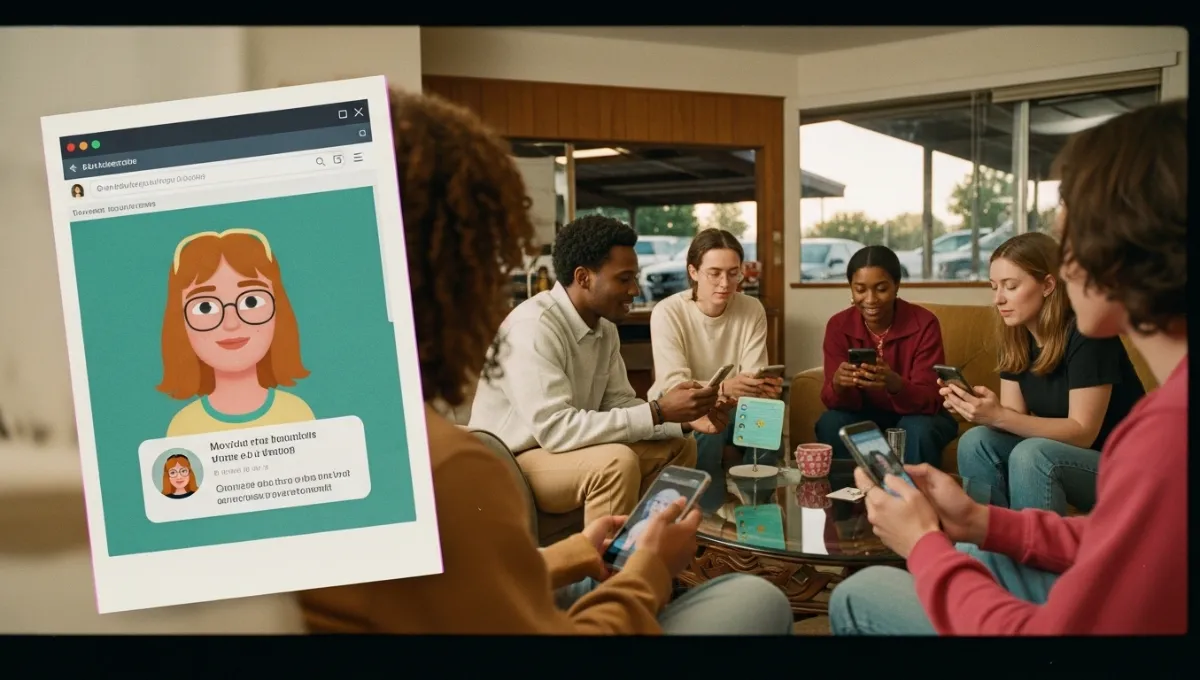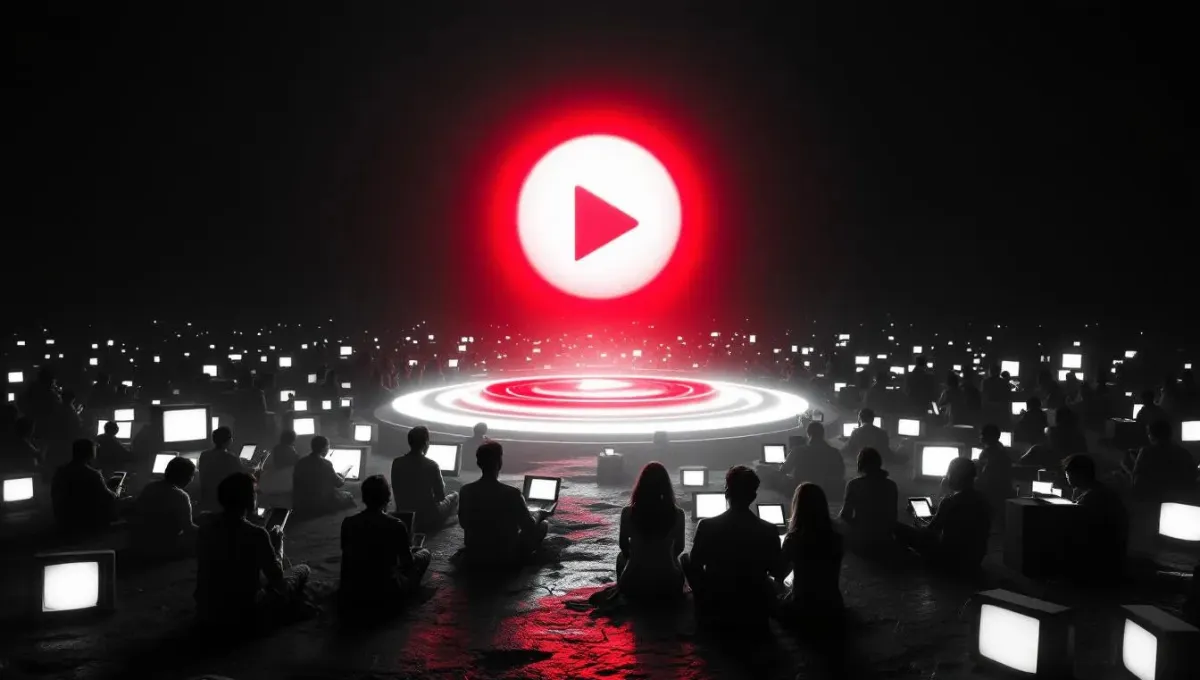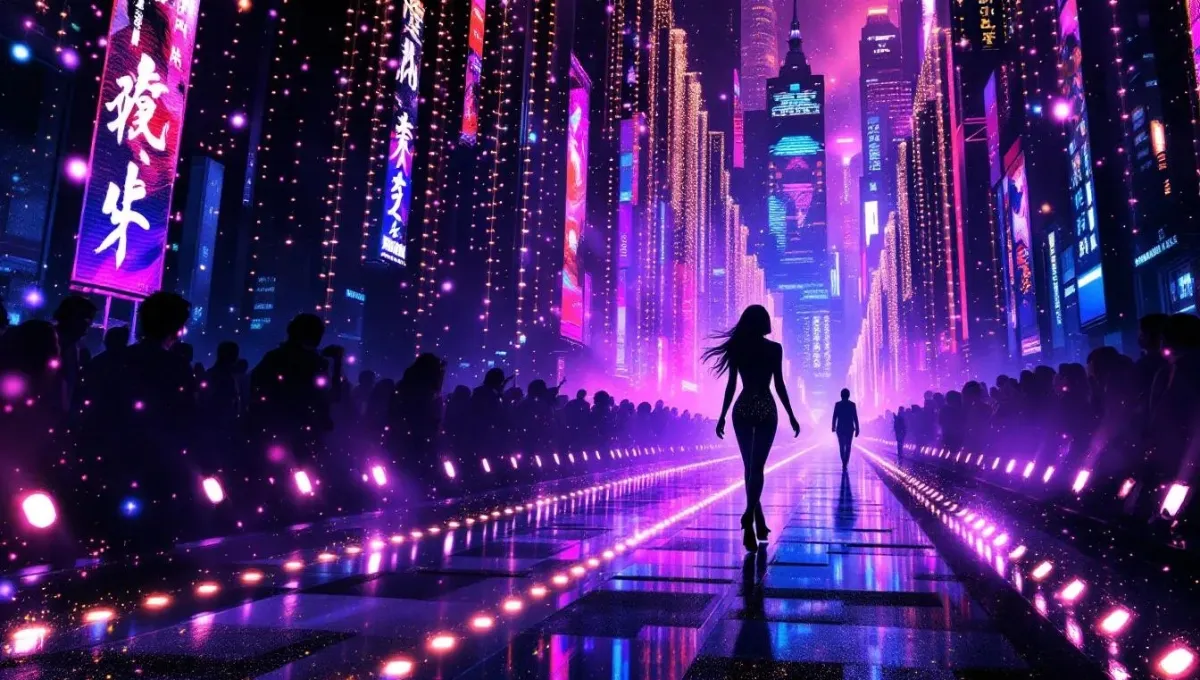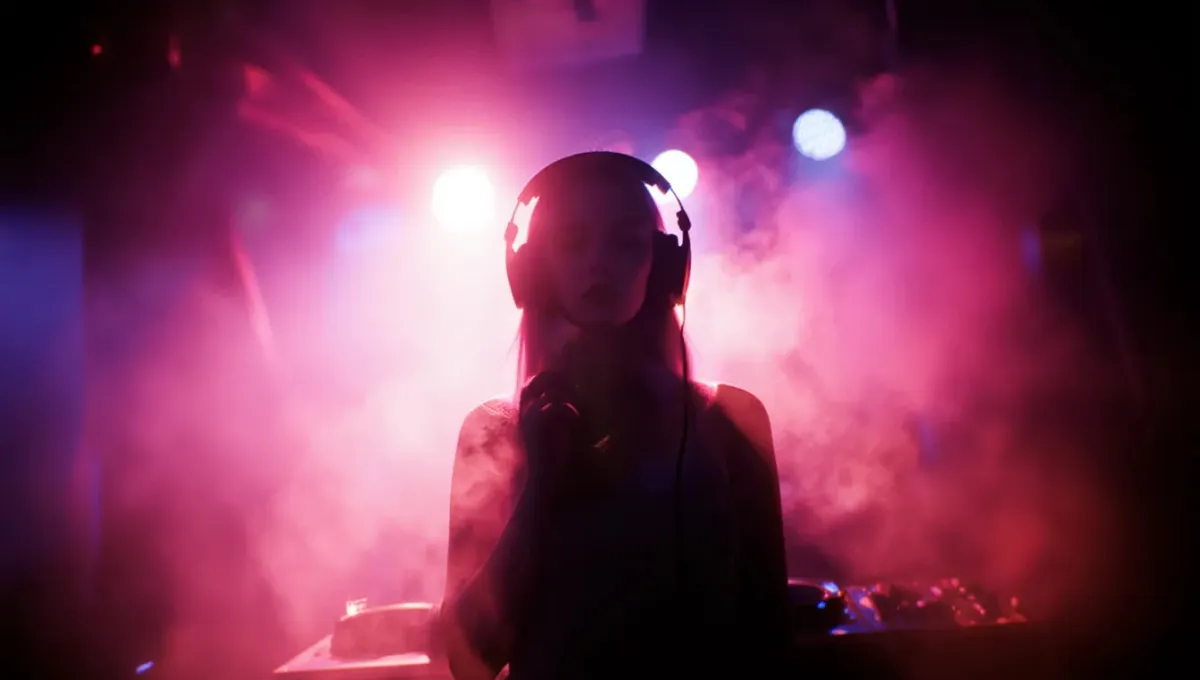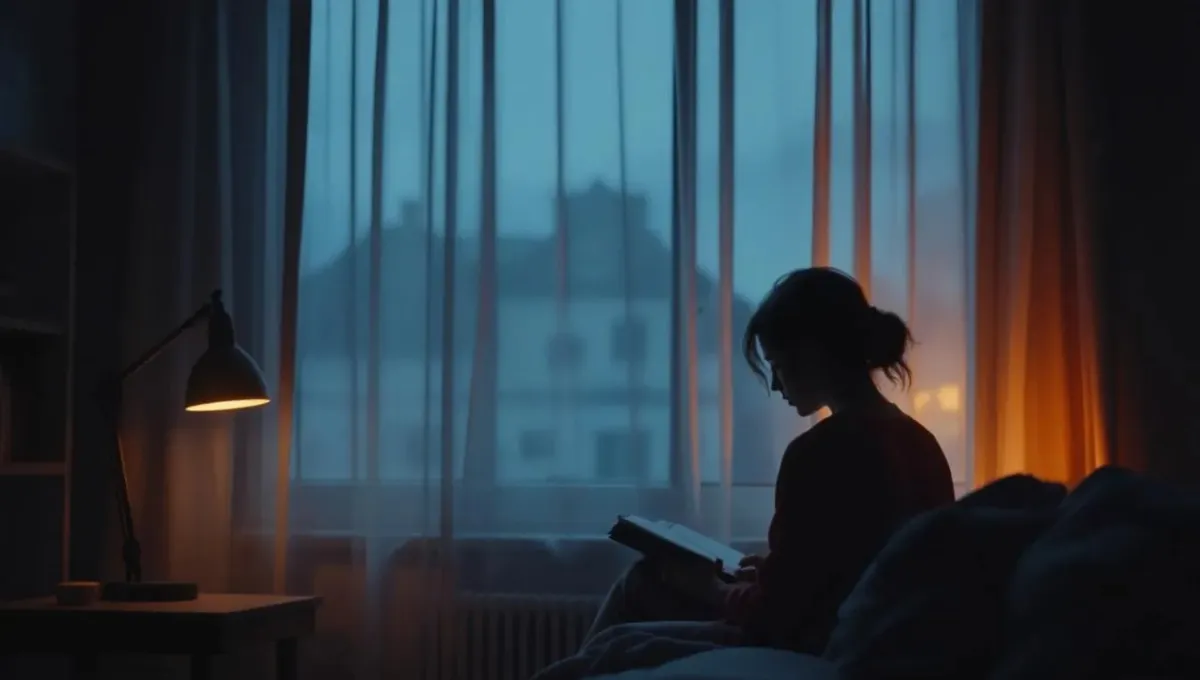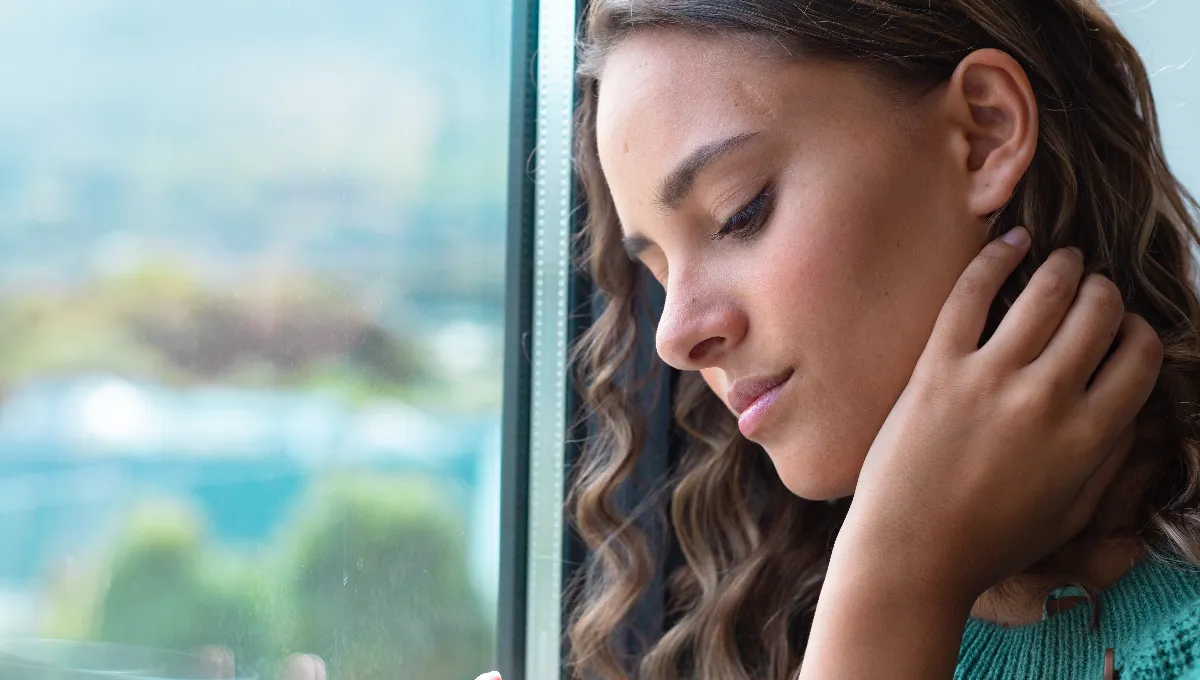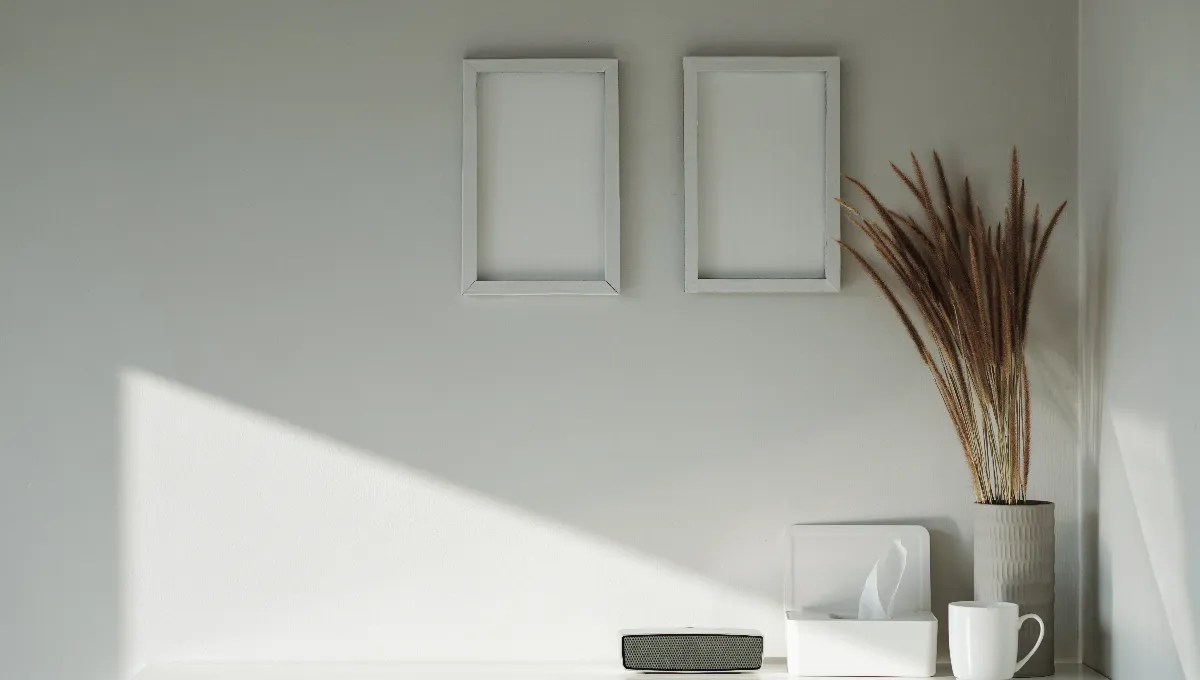It didn’t happen overnight.
For decades, Hollywood was the center of gravity — the place where dreams were edited, scripted, and sold back to us in perfect cinematic frames. But somewhere between a TikTok trend and a YouTube thumbnail, that world quietly shifted. The cameras didn’t stop rolling — they just moved into everyone’s hands.
By 2025, the border between the entertainment industry and the creator economy has fully dissolved. The studio gates are open, and what used to be called “influence” is now simply culture itself.
From Screens to Streams
Once upon a time, the red carpet was the ultimate stage. Now, the timeline is. The old Hollywood hierarchy — actors, producers, studios — has been replaced by an algorithmic ecosystem where attention is the new currency and everyone’s feed is their personal cinema.
YouTube didn’t just disrupt television; it rewired what fame means.
When the platform surpassed Netflix and Amazon in global viewership in 2025, it wasn’t just a media milestone — it was a cultural tipping point. A billion screens lit up not for blockbuster premieres, but for creators sharing morning routines, gaming sessions, and kitchen conversations.
The ordinary became extraordinary. Authenticity became the new luxury.
Hollywood noticed. And for the first time, it started learning instead of leading.
The Creator Century
The influencer once existed outside the system — underestimated, even mocked. Yet the creator economy grew faster than any studio, worth more than $250 billion globally and projected to nearly double by 2027. It’s not just teenagers lip-syncing or vloggers with ring lights; it’s a decentralized cultural industry, built on identity, storytelling, and connection.
Creators don’t audition. They publish.
They don’t wait for approval. They upload.
Hollywood’s polished surface used to symbolize perfection; creators replaced it with intimacy. We don’t just watch them — we know them. Their lives, their homes, their nervous laughter before a livestream — that proximity has become entertainment’s most addictive feature.
And in that shift, the entire idea of “celebrity” fractured into something more human, more chaotic, and paradoxically, more powerful.
Fame Without Permission
For generations, stardom was curated by gatekeepers. Now, it’s algorithmic. A single clip can catapult someone from anonymity to global recognition — not because a studio decided it, but because millions did.
That’s both liberating and terrifying.
There’s no map, no manager, no script to fame in the digital age.
The modern icon isn’t discovered; they build themselves.
Their studios are bedrooms, their premieres are livestreams, their fanbases are communities that feel personal — and sometimes, they actually are.
In this new system, virality is the audition, engagement is the currency, and data is the director calling the shots.
When Hollywood Looked East — and Online
The global entertainment machine once exported American dreams. Now, it imports global voices. Korean vloggers, Brazilian gamers, Polish filmmakers — all play in the same algorithmic arena.
Hollywood, for all its legacy, is now just one node in a planetary network of creators. The blockbuster no longer dominates by spectacle alone; it competes with authenticity, relatability, and niche brilliance.
Even A-list stars have joined the feed. The red carpet moments they once reserved for award shows are now filtered through their own phones — part confession, part performance. The line between content and confession has never been thinner.
The Algorithm as Director
Every generation’s art form is defined by its technology.
If film was the language of the 20th century, the algorithm is the grammar of the 21st.
It decides what we see, who we admire, and which stories define our time.
It’s invisible but omnipresent — shaping taste, culture, even identity.
Hollywood once edited stories by hand; now, the algorithm edits us.
It studies our attention, learns our desires, and stitches them into endless reels.
And yet, for all its cold precision, it has given rise to something profoundly emotional: connection at scale.
The New Power Couple: Authenticity and Reach
The partnership between Hollywood and the influencer world isn’t rivalry anymore — it’s fusion.
Studios cast creators for relatability; creators adopt cinematic storytelling to elevate their brands. It’s a feedback loop of aesthetics, influence, and trust.
In 2025, YouTube’s cultural footprint isn’t measured in watch time, but in worldview.
It’s where kids learn values, where artists experiment, where subcultures go mainstream overnight.
The modern creator is part director, part entrepreneur, part mirror of the collective mood.
The End of “Old Fame”
Hollywood’s glamour used to be unreachable — that was the point.
Today, its survival depends on accessibility.
We don’t want perfect idols anymore. We want flawed humans who reflect our chaos.
A celebrity without a social presence feels almost unreal — an echo from a time before interactivity.
Influence has replaced legacy. Relevance updates hourly.
And attention, once fleeting, is now the only stable currency left in culture.
The Reflection
This isn’t the death of Hollywood. It’s its reincarnation.
The same forces that once shaped global storytelling now live inside every camera lens, every upload, every fan interaction.
The internet didn’t kill the movie star — it multiplied them.
We’ve entered a world where everyone performs, records, edits, reacts.
A civilization that sees itself through screens — not as escape, but as existence.
Maybe that’s the real plot twist:
The movies taught us to dream in widescreen.
The internet taught us to dream out loud.
Because in 2025, the culture no longer waits for Hollywood to define it.
Hollywood has become the internet — and the internet, in turn, has become us.
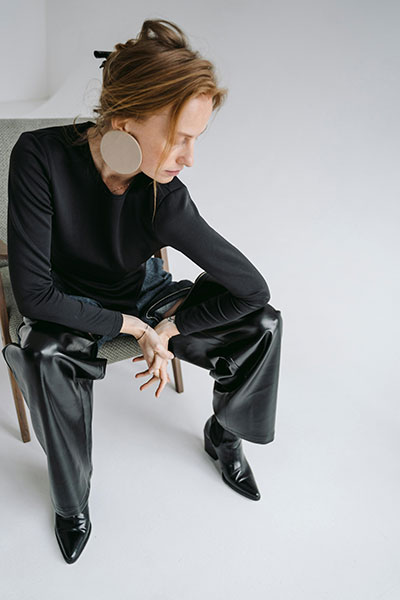
Grace Whitmore is a beauty and lifestyle editor at Nestification, exploring the intersection of modern femininity, quiet luxury, and emotional design. Her work focuses on how aesthetics, mindfulness, and self-expression shape today’s idea of calm confidence — where beauty becomes a state of mind.
Based in New York · [email protected]

